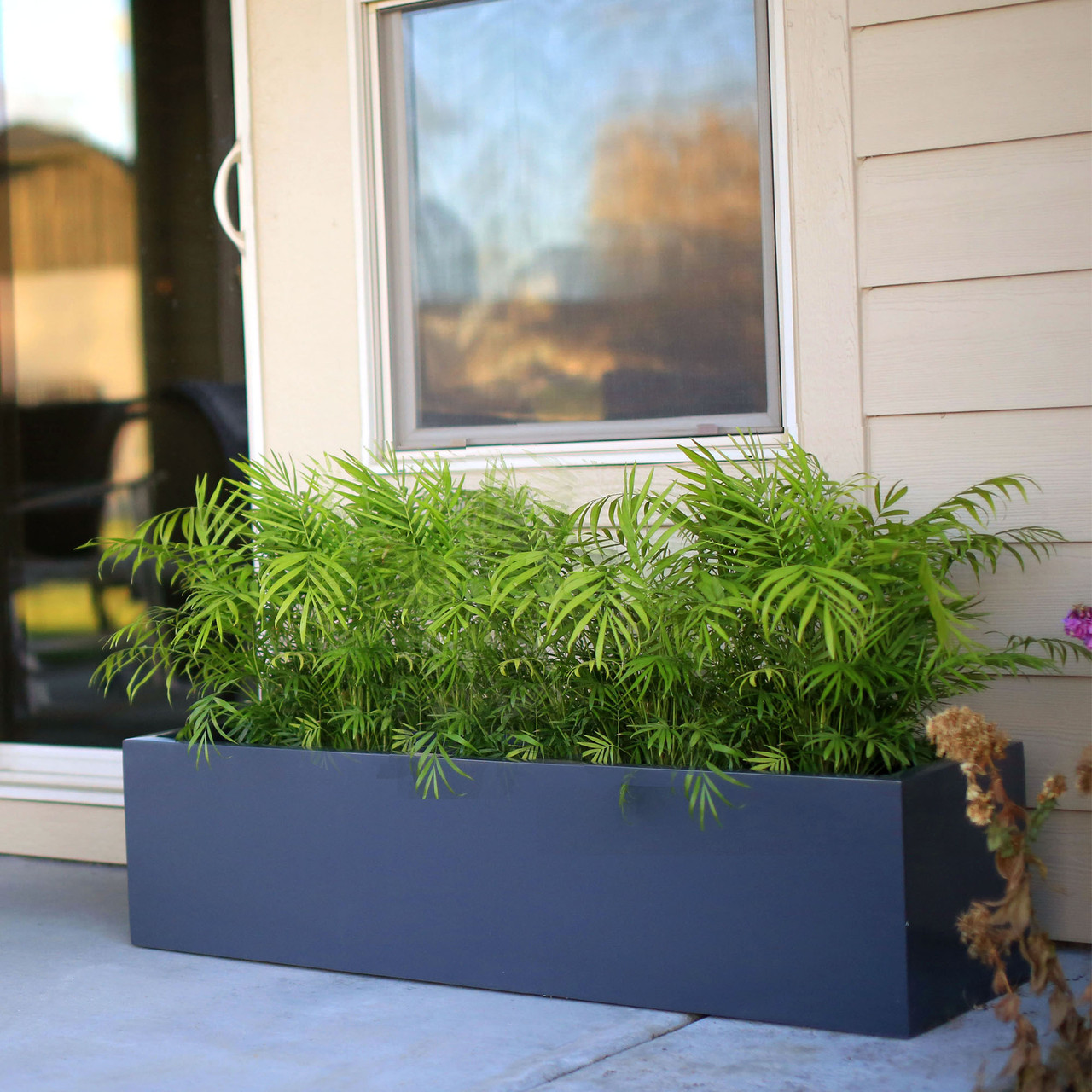
The Ultimate Guide to Narrow Planters: How to Choose and Use Them
Narrow planters are a great addition to any home, garden, or balcony. They are perfect for growing a variety of plants, including herbs, succulents, and flowers. In this ultimate guide, we will discuss how to choose and use narrow planters to create a stunning display of plants.
Choosing the right size and material:
When choosing a narrow planter, it is important to consider the size and material. The size of the narrow planter should be based on the plants you want to grow and the space you have available. It is important to ensure that the planter is not too small or too big for the plants.
The material of the planter is also crucial. Narrow planters can be made of various materials such as clay, plastic, metal, or wood. Clay planters are ideal for plants that require good drainage as they allow air to circulate around the roots. Plastic planters are lightweight, durable, and affordable. Metal planters are great for modern decor and can withstand harsh weather conditions. Wooden planters provide a natural look and can be treated to resist rot and insects.
Choosing the right plants:
When it comes to choosing plants for narrow planters, it is important to consider the growing conditions. Plants that require a lot of sunlight should be placed in an area that receives direct sunlight. Plants that require shade should be placed in a shaded area. Some plants that are great for narrow planters include herbs like basil, mint, and parsley, succulents like cactus and aloe vera, and flowers like petunias and marigolds.
Preparing the planter:
Before planting, it is important to prepare the planter. Start by adding a layer of gravel or small stones at the bottom of the planter to improve drainage. Next, add a layer of potting soil that is rich in nutrients. It is also a good idea to mix in some organic matter like compost to help the plants grow better.
Planting:
When planting in a narrow planter, it is important to ensure that the plants are spaced out properly. This will allow each plant to get the required amount of water and nutrients. When planting, make sure to press the soil firmly around the plants to ensure that they are well-anchored.
Watering and maintenance:
Watering is crucial for the health of your plants. Make sure to water your plants regularly and avoid overwatering or underwatering. It is also important to fertilize your plants every few weeks to ensure that they receive the required nutrients.
In conclusion, narrow planters are a great way to add some greenery to your home, garden, or balcony. By following the tips in this guide, you can choose and use narrow planters to create a beautiful and healthy display of plants.
Leave a Reply